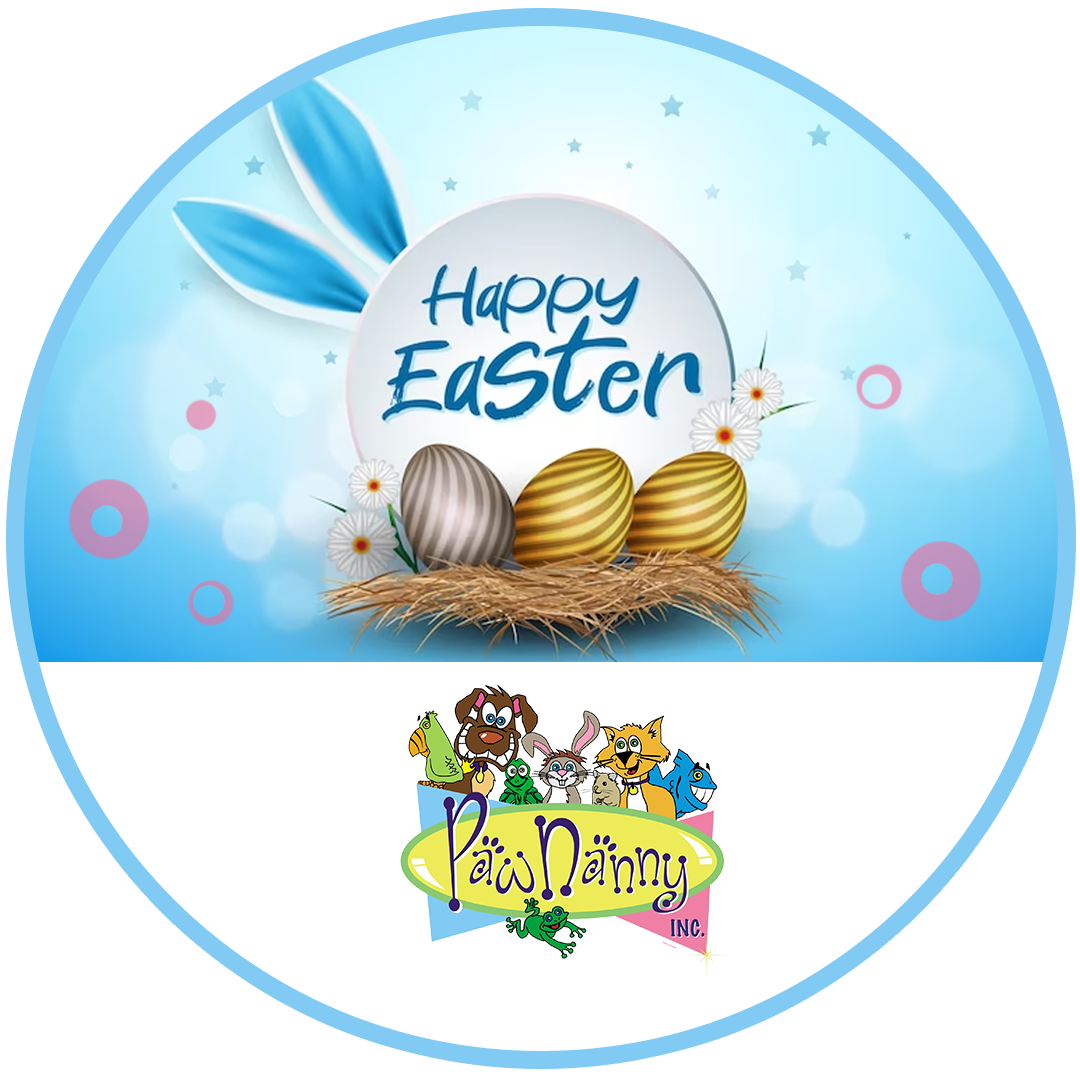
Crimson Rosella
Scientific Name: Platycercus Elegans
Flock Members: 1-10 members
Size: 12-14 inches
Weight: 6-7 ounces
Lifespan: 20-30 years
A.K.A.: Pennant’s Parakeet
Behavior
The Crimson Rosella, a vibrant and charismatic bird breed, is known for its distinct behavior and captivating personality. These parrots display a range of behaviors that make them fascinating to observe and delightful as pets. Crimson Rosellas are highly social birds that thrive on interaction and companionship. They are known for their playful nature, often engaging in acrobatic displays and aerial maneuvers. These birds are agile and enjoy climbing, hanging upside down, and exploring their surroundings.
While they can be territorial during the breeding season, Crimson Rosellas are generally friendly and curious towards humans. They can bond closely with their owners and appreciate regular social interaction and mental stimulation. Their intelligence and ability to mimic sounds make them excellent candidates for training and learning simple tricks. Vocalization is an important aspect of their behavior. Crimson Rosellas are known for their loud and melodious calls, which they use to communicate with each other and assert their territory. Their repertoire includes various whistles, squawks, and mimicked sounds.
In their natural habitat, Crimson Rosellas are cavity nesters and exhibit strong nesting instincts. As pets, they may display nesting behaviors like shredding paper or searching for suitable nesting sites. It's worth noting that Crimson Rosellas are active birds that require ample space to exercise and explore. Providing a stimulating environment or pet overnight services with toys, perches, and opportunities for flight will help satisfy their natural instincts.
History
The history of the Crimson Rosella bird breed traces back to the lush forests and woodlands of eastern and southeastern Australia. These strikingly colored parrots have long captivated the attention of bird enthusiasts and researchers alike. The exact origins and evolutionary history of the Crimson Rosella are not well-documented. However, they are believed to have evolved from ancestral parrot species that inhabited the Australian continent thousands of years ago. Over time, natural selection and genetic variations led to the development of the distinctive crimson plumage that gives them their name.
European explorers and settlers first encountered Crimson Rosellas in the late 18th century, and their captivating appearance made them popular subjects for aviculture. They were soon introduced to Europe, where they gained popularity as exotic pets and aviary birds. This introduction to foreign lands further expanded their range beyond their native habitat. The Crimson Rosella became a focal point for breeders and agricultural societies, leading to the development of various color mutations and subspecies. Today, there are several recognized color variations, including the common crimson form, as well as yellow, orange, and blue mutations.
Due to their popularity and eye-catching appearance, Crimson Rosellas are now widely distributed in aviaries and private collections around the world. However, their wild populations continue to thrive in their natural habitat, particularly in Australia's forests, woodlands, and coastal regions. Conservation efforts, including the preservation of their habitat and monitoring of wild populations, are ongoing to ensure the continued survival of this beloved bird breed. The history of the Crimson Rosella is a testament to their enduring allure, captivating bird enthusiasts with their vibrant plumage and fascinating presence in both the wild and captivity.
Breeding
Crimson Rosellas are monogamous birds, forming long-term pair bonds. Breeding season typically occurs during the spring and summer months when the weather is favorable. Before breeding, it is important to provide the birds with a spacious and secure aviary that mimics their natural habitat. The aviary should include nesting boxes or suitable cavities where the pair can build their nests.
During courtship, the male Crimson Rosella displays vibrant colors and engages in courtship behaviors such as bobbing, wing-flapping, and vocalizations. Once the pair has bonded, the female will choose a nesting site and begin constructing the nest using twigs, leaves, and other plant materials. The female Crimson Rosella typically lays a clutch of 3-8 eggs, which she incubates for approximately 21-23 days. During this period, the male assists in feeding the female and occasionally takes over incubation duties to give her breaks.
Once the chicks hatch, both parents participate in feeding and caring for the young. The chicks grow rapidly, and after about 6-8 weeks, they fledge from the nest and begin exploring their surroundings. It is essential to provide a suitable diet rich in nutrients during this crucial period to support their growth and development. Breeding Crimson Rosellas in captivity requires attention to detail and monitoring of the birds' health and behavior. It is important to ensure that both the parents and chicks have access to a balanced diet, clean water, and appropriate veterinary care when necessary.
Food & Nutrition
The foundation of a Crimson Rosella's diet should consist of a high-quality commercial pellet or seed mix specifically formulated for parrots - something every personnel offering overnight stays services for pets should know. Look for a blend that includes a variety of seeds, nuts, and grains to provide essential nutrients. It's important to ensure that the mix is fresh and free from mold or contaminants. Supplement the base diet with fresh fruits and vegetables to provide additional vitamins and minerals. Offer a variety of options such as apples, berries, leafy greens, carrots, and broccoli. Avoid feeding them avocado, chocolate, caffeine, or any toxic foods.
Crimson Rosellas also benefit from occasional protein-rich sources such as cooked eggs, lean cooked meat, or mealworms. These can be offered as treats or incorporated into their diet a few times a week. Freshwater should always be available and should be changed regularly to maintain cleanliness. Additionally, providing enrichment opportunities during feeding can stimulate their natural foraging instincts. Scatter food throughout the aviary or use interactive foraging toys to encourage mental stimulation and physical activity.
Conclusion
The Crimson Rosella is a captivating bird that is sought after both as a pet and for its presence in the wild. As a pet, the Crimson Rosella offers companionship and beauty to bird enthusiasts. Their striking plumage and engaging personality make them a popular choice. However, it's important to note that they require dedicated care and attention, even during pet sitting overnight services. They need a spacious and enriching environment, regular social interaction, and a well-balanced diet to thrive. Crimson Rosellas are intelligent and can be trained to perform simple tricks or mimic sounds. They bond closely with their owners and enjoy being part of family activities. Responsible pet ownership involves providing mental stimulation, regular veterinary check-ups, and proper socialization to ensure their well-being.
In the wild, the Crimson Rosella plays an important role in maintaining the ecosystem. They are primarily found in forests, woodlands, and coastal regions of Australia. Their diet consists of seeds, fruits, flowers, and insects, contributing to seed dispersal and pollination. In their natural habitat, they play a part in the intricate web of biodiversity. The vivid colors of the Crimson Rosella also serve as a visual spectacle and attract ecotourists, providing economic benefits to local communities.
Conservation efforts are necessary to protect their natural habitats and ensure the survival of wild populations. These efforts include preserving native vegetation, controlling the spread of invasive species, and monitoring the impact of human activities. Whether as a pet or in the wild, the Crimson Rosella showcases its beauty and charisma. As a pet, they provide companionship and entertainment, while in the wild, they contribute to the ecological balance and serve as a symbol of the diverse and captivating wildlife in their native Australia. For more information or to avail our pet overnight stays services Fairfax VA, visit Pawnanny.com .










